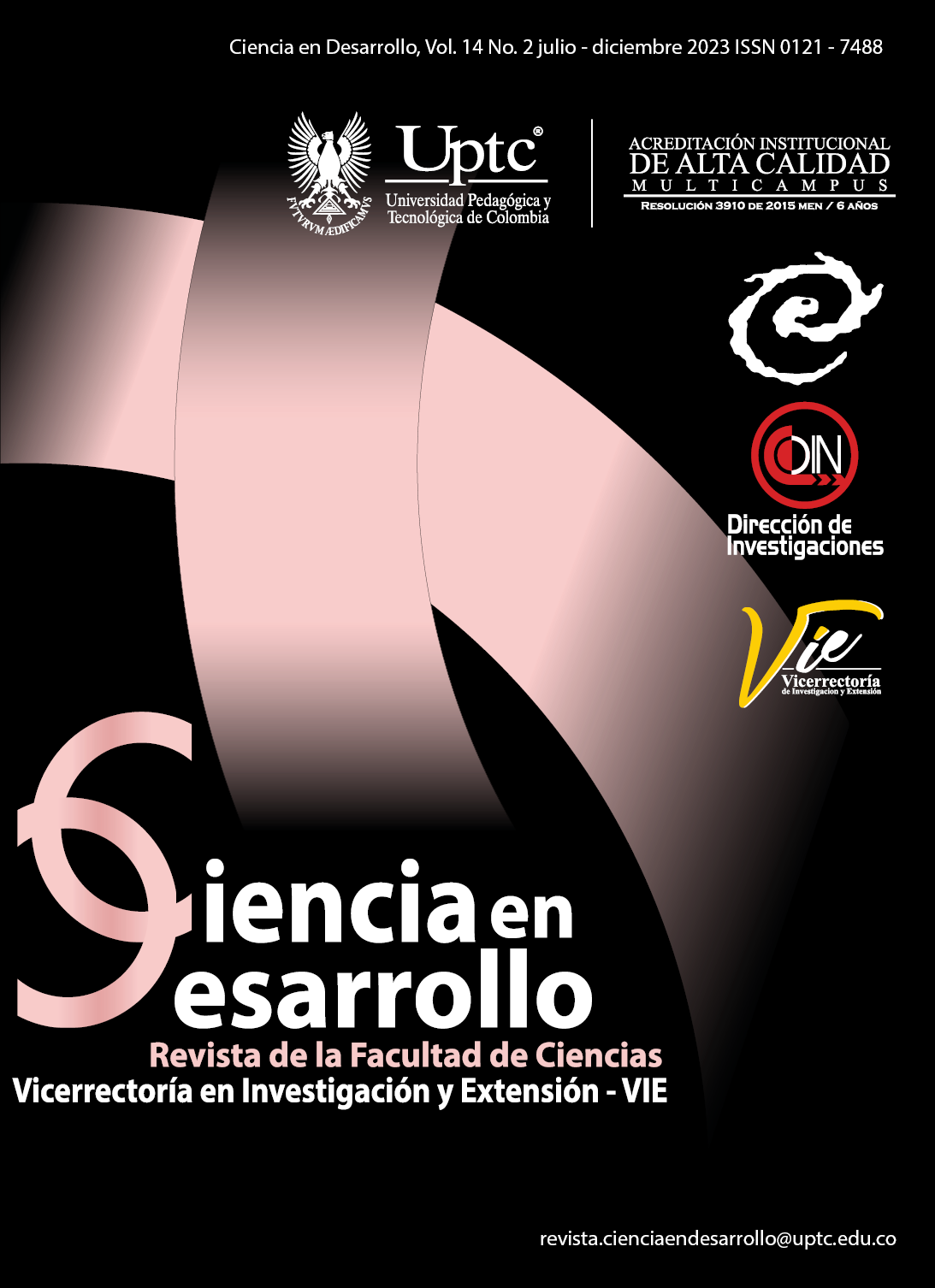On the Newton-Raphson method and its modifications

Abstract
The Newton-Raphson method, also known as Newton's method, is a method for finding successively better approximations to the roots of a real-valued function, starting with an initial guess, being useful even for generating fractals when we consider complex functions. It is a fast method, but convergence is not guaranteed, which is the reason why several modifications of that method have been proposed. Here we present some modifications of the Newton-Raphson method, and we study the convergence of those methods through cases.
Keywords
Newton-Raphson method, Convergence, Fractal
References
- M. Allen and E. Isaacson. Numerical analysis for applied science. John Wiley and Sons, 2nd edition, 2019.
- R. Burden and J. Faires. Numerical analysis, 9th edition, Cengage learning, 2011.
- S. Chapra and R. Canale. Numerical methods for engineers, Mc Graw Hill, 7th edition, 2015.
- W. Cheney and D. Kincaid. Numerical mathematics and computing, Cengage learning, 7th edition, 2013.
- P. Deuflhard. A short history of Newton's method. Doc. Math., extra volume ISMP, p. 25-30, 2012.
- A. Faul. A concise introduction to numerical analysis. CRC Press, 2016.
- W. Gilbert. Generalizations of Newton's method. Fractals, vol. 9, no. 3, p. 251-262, 2001.
- A. Goudjo and L. Kouye. A new modification of Newton method with cubic convergence. Adv. Pure Math., vol. 11, no. 1, p. 1-11, 2021.
- T. Heister, L. Rebholz and F. Xue. Numerical analysis. De Gruyter, 2019.
- M. King and N. Mody. Numerical and statistical methods for bioengineering. Cambridge University Press, 2010.
- Q. Kong, T. Siauw and A. Bayen. Python programming and numerical methods. Academic Press, 2021.
- H. Lee. Programming with Matlab. SDC Publications, 2016.
- T. Mc Dougall and S. Wotherspoon. A simple modification of Newton's method to achieve convergence order $1+sqrt{2}$. Appl. Math. Lett., vol. 29, p. 20-25, 2014.
- A. Ozyapici, Z. Sensoy and T. Karanfiller. Effective root-finding methods for nonlinear equations based on multiplicative calculi. J. Math, Article ID 8174610, p. 1-7, 2016.
- S. Plaza and N. Romero. Attracting cycles for the relaxed Newton's method. J. Comput. Appl. Math., vol. 235, p. 3238-3244, 2011.
- A. Ralston and P. Rabinowitz. A first course in numerical analysis. Mc Graw-Hill, 2nd edition, 1978.
- G. Rubiano. Iteración y fractales. Universidad Nacional de Colombia, 2009.
- S. Saha. Numerical analysis with algorithms and programming. CRC Press, 2016.
- M. Sahari and I. Djellit. Fractal Newton basins. Discrete Dyn. Nat.Soc., p. 1-16, 2006.
- T. Sauer. Numerical analysis. Pearson, 3rd edition, 2018.
- F. Vieira and R. Machado. The Newton fractal's Leonardo sequence study with Google Colab. Int. Electron. J. Math. Educ., vol. 15, no. 2, p. 1-9, 2020.
- J. Ward and R. Churchill. Complex variables and applications. Mc Graw Hill, 9th edition, 2009.
- S. Weerakoon and T. Fernando. A variant of Newton's method with accelerated third-order convergence. Appl. Math. Lett., vol. 13, p. 87-93, 2000.
Downloads
Download data is not yet available.
